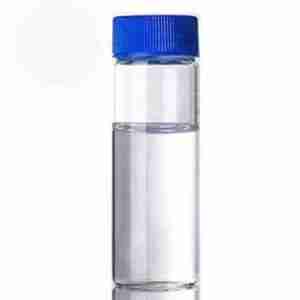Taurine Typical Properties
Item
Standard of JP16
Standard of USP38
Characteristics
A white crystalline powder, odorless
Identification
Positive
Positive
Clarity and color of solution
Clear and colorless
———-
Chloride
0.011% max
0.05% max
Sulfate
0.010% max
0.03%max
Ammonium
0.02% max
———–
Heavy metals
10 ppm max
15ppm max
Iron
10ppm max
30ppm max
PH
4.1~5.6
———-
Related substances
Meet to requirement
———-
Loss on drying
0.20%(105℃, 2 hours) max
0.3%(105℃, 3 hours) max
Residue on ignition
0.1% max
0.3%max
Assay (dried)
99.0%~101.0%
98.5%~101.5%
Total plate count
NMT 100/g
NMT 1000/g
Mold
NMT 50/g
NMT 50/g
Yeast
NMT 50/g
NMT 50/g
Salmonella
Negative/385g
Negative/385g
Staphylococcus aureus
Negative/25g
Netative/25g
Related compounds
Meet to requirement
0.5% max
Residual solvents
———–
Meer to requirement
TaurineApplication
Taurine has obvious effects in preventing and treating iron deficiency anemia. Taurine can not only promote the absorption of iron in the intestines, but also increase the stability of red blood cell membranes;
Taurine is also a growth-promoting factor for bifidobacteria in the human intestine, optimizing the structure of the bacterial community in the intestine; taurine also has anti-oxidation and anti-aging effects;
Taurine can promote the return of acute hepatitis to normal; it has a protective effect on carbon tetrachloride poisoning, and can inhibit the increase of serum alanine enzyme caused by this. Taurine has a protective effect on nephrotoxicity. Taurine has a protective effect on the changes of rabbit primary renal tubular epithelial cells caused by cisplatin. It has also been reported that taurine can calm, analgesic and anti-inflammatory, and has a protective effect on frostbite and KCN. Poisoning and migraine headaches also have a preventive effect.
1.Taurine supplement
Although taurine is not an amino acid that constitutes a protein, it is widely distributed and is an essential amino acid for human growth. It plays an important role in promoting the growth of important organs such as the brain of children, especially infants and young children.
It is used as a nutritional fortifier ( especially for infants without breastfeeding ).
2.Taurine in energy drinks
It is an important energy additive for sports nutrition foods.
3.Taurine in medicine
It is used to treat diseases such as colds, fever, neuralgia, tonsillitis, bronchitis, rheumatoid arthritis and drug poisoning.
4.Taurine in other industries
It is used in the detergent industry and in the production of fluorescent whitening agents. It is also used in other organic synthesis and biochemical reagents.
5.Taurine effects
It is a non-selective endogenous agonists of glycine receptor.It is an essential sulfonated amino acid that regulates apoptosis in some cells and participates in many metabolic activities in the body. It is the metabolites of methionine and cysteine.
Taurine Chemical nature
White crystals. Melting point: 231-235°C. Solubility (g/100g): benzene is 40.4, hexane is 4.5, acetone is 127.0, carbon tetrachloride is 6.7, slightly soluble in water and hydrolyzed to chloro bridge acid.
Taurine Packaging and Shipping
25kgs per drum
Taurine Storage
Product storage requirements:Cool dry place.






